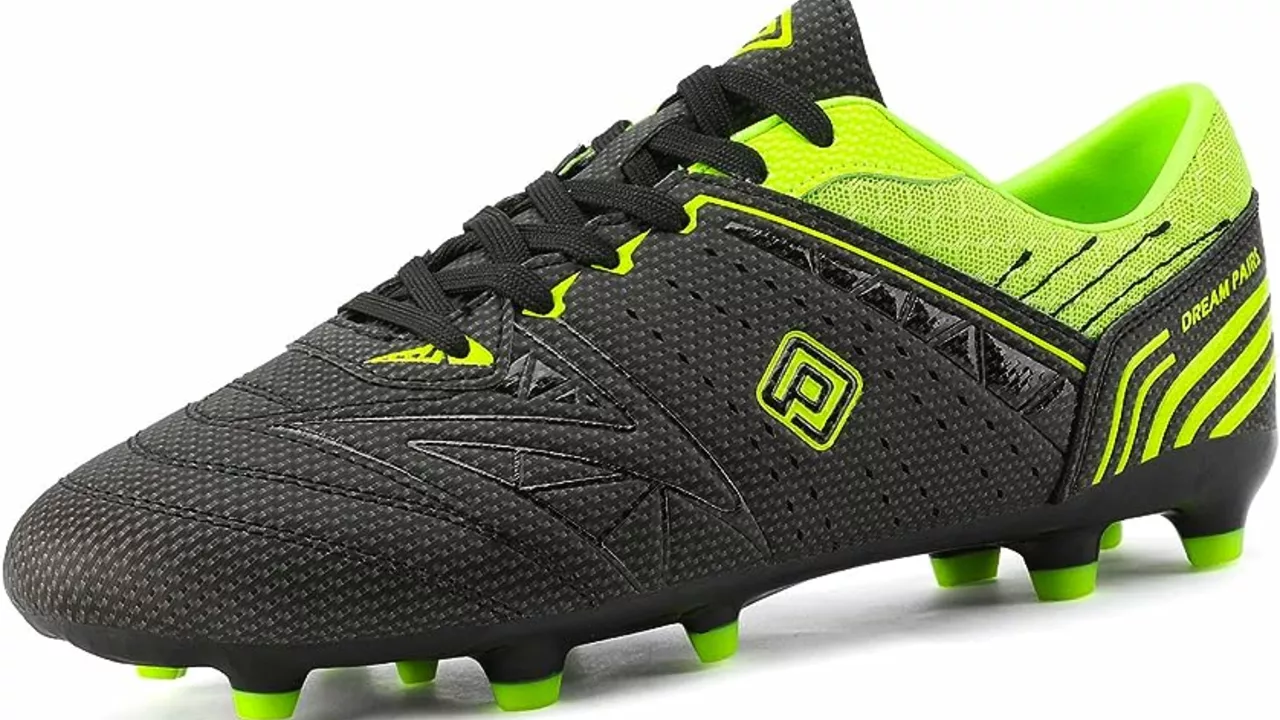Soccer Cleats: How to Choose the Pair That Boosts Your Game
If you’ve ever slipped on a wet field or felt a blister after a match, you know the right cleats matter. A good pair gives you traction, supports your feet, and feels like an extension of your legs. Below we break down the main things to look at, so you can buy with confidence and step onto the pitch ready to play.
Know Your Surface
First thing – think about where you play most. Grass fields need longer studs that dig in, while artificial turf works best with shorter, more numerous studs. If you often switch between surfaces, go for a versatile “firm ground” (FG) model that balances grip and comfort on both.
Indoor or futsal courts need flat, rubber soles. Using outdoor cleats on a hard floor will hurt your joints and damage the court. Keep a pair of indoor shoes handy if you join a futsal league.
Fit and Comfort Over Brand Names
Brands like Nike and Adidas dominate the market, but a shoe’s reputation won’t help if it doesn’t fit you. Try the cleats on with the socks you’ll wear in games. They should hug your foot without squeezing, and there should be a thumb’s width of space at the toe.
Look for a snug heel cup – it prevents sliding and reduces blisters. Some models have a removable insole, so you can add a custom orthotic if you need extra arch support.
Weight, Cushioning, and Ball Control
Lighter cleats let you accelerate faster, but they often sacrifice cushioning. If you’re a speed‑type player, a lightweight FG or “AG” (artificial grass) shoe with minimal padding works well. If you play a more physical game, a bit more cushioning can protect your joints during tackles.
Ball control comes from the shoe’s upper material. Synthetic leather offers a soft touch, while knitted uppers give a close‑fit feel. Many players swear by the textured patterns on Adidas’ “Predator” line for extra grip when striking the ball.
Breaking In and Care
Even the best cleats need a break‑in period. Wear them around the house for short walks, then do a light training session before a match. If a spot feels tight, a little stretching or a damp cloth can soften the material.
Keep your cleats clean – brush off mud after every game and let them air dry, never near a heater. A quick spray of shoe‑care fluid helps preserve the material and keeps the studs from rusting.
Budget Tips
You don’t have to splash out on the latest release. Last season’s model often has the same technology at a lower price. Check online forums or local soccer stores for sales. Remember, a well‑maintained older pair can outplay a brand‑new cheap shoe.
To sum up, pick cleats that match your usual surface, fit snugly, and suit your playing style. Try them on, break them in, and take good care of them – and you’ll see the difference on the pitch. Happy kicking!
